Coquilles Saint-Jacques, also known as the great scallop, are a delicacy that combines a refined taste and a silky texture.
They are considered a true culinary jewel, suitable for both fine dining and special occasions.
Although they may seem difficult to prepare at first glance, with the right approach and knowledge of a few culinary subtleties, you can achieve perfect coquilles Saint-Jacques – with a delicate texture and a preserved sweet taste.
Choosing quality coquilles Saint-Jacques
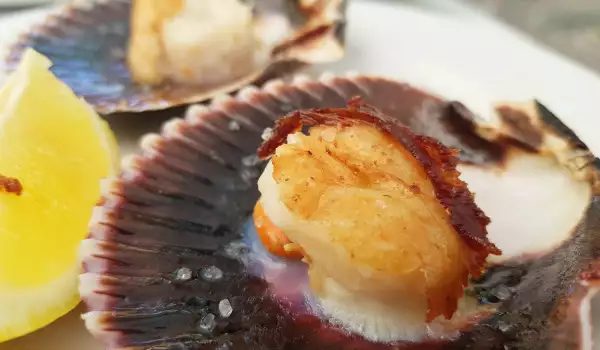
The first and most important step in preparing coquilles Saint-Jacques is choosing fresh and quality products. Since they are seafood, it is essential that they are as fresh as possible. When buying coquilles Saint-Jacques, it is good to pay attention to the color – fresh ones should be creamy white or slightly pink. They should also be slightly moist and not smell strongly of fish, but rather of the sea. If you are using frozen ones, you should defrost them carefully in the refrigerator, avoiding defrosting at room temperature, which can affect their texture and quality.
Preparing coquilles Saint-Jacques properly
Before you start cooking, it is important to prepare the coquilles properly. It is recommended to dry them thoroughly with paper towels to remove excess moisture. This step is especially important if you plan to fry or pan-fry them. Excess water can cause the coquilles to become too soggy, which will ruin their flavor and texture. When they are well-dried, they will acquire a more pleasant golden brown color during cooking.
Quick and careful cooking of coquilles Saint-Jacques
Coquilles Saint-Jacques are cooked extremely quickly - this is one of their culinary subtleties. Cooking should be short to preserve their delicate texture. It is recommended to bake or fry them at high heat for about 1-2 minutes on each side. Using a neutral-flavored butter or olive oil will highlight the coquilles' flavor without masking it. It is important that the pan is hot enough before adding the coquilles - this will help them acquire an appetizing golden brown color that will add an extra layer of flavor to the dish.
One of the most common mistakes when cooking coquilles Saint-Jacques is overcooking them. If they are cooked for too long, they become rubbery and lose their tenderness. So keep an eye on the time carefully - the coquilles should remain slightly springy when pressed with a finger or fork.
Adding flavors and spices to Coquilles Saint-Jacques

Coquilles Saint-Jacques have a naturally sweet and delicate flavor that shouldn’t be covered up with heavy spices or sauces. They are usually seasoned with just a little salt and black pepper before or during cooking. One of the best ways to enhance their flavor is to add lemon juice just before serving—the acid will freshen the coquilles and balance the buttery flavors. Another popular seasoning is thyme or rosemary, which can be added to the butter when frying the coquilles for a subtle herbal flavor.
Sauces for Coquilles Saint-Jacques
Coquilles Saint-Jacques are often paired with light and sophisticated sauces, such as quick sauces based on white wine, garlic, and butter. A light, creamy sauce with a hint of saffron is also a great choice that complements the delicate texture of the coquilles. If you want to keep the dish light, you can serve the coquilles on a bed of greens, such as arugula or spinach, which will add freshness and texture.
Check out the most delicious mussels, don't miss out on more useful tips for cooking mussels. If you are a true fan of this seafood delicacy, then follow our easy steps for the perfect mussels.
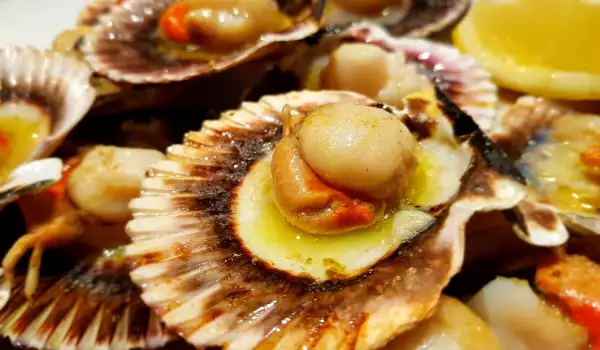

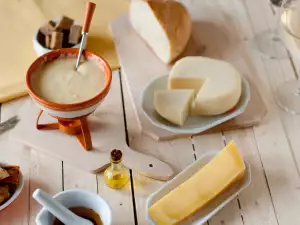
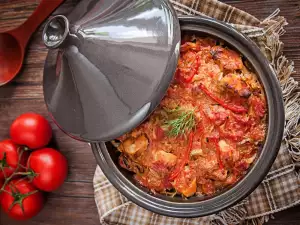
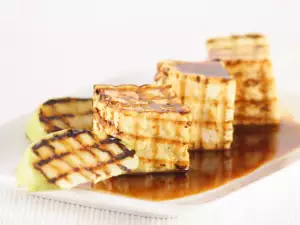
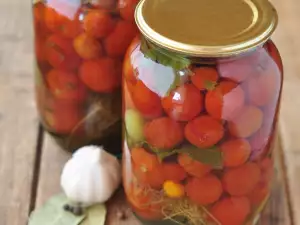
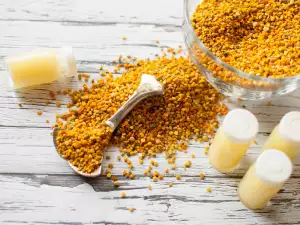
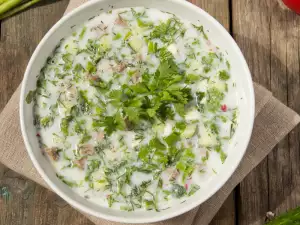


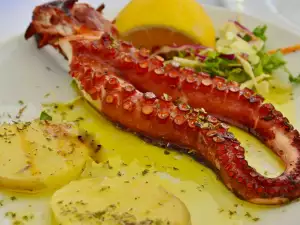
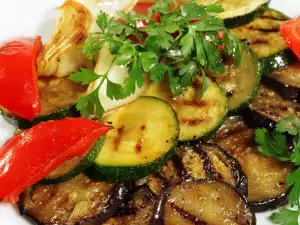
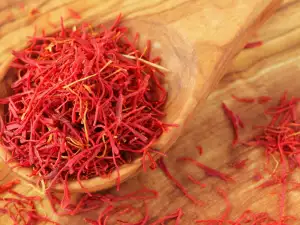
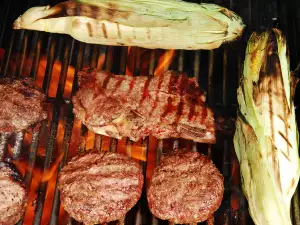
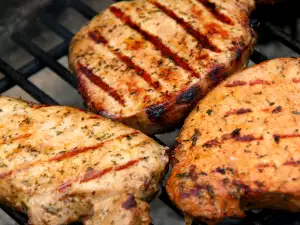





Comments